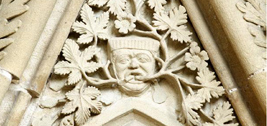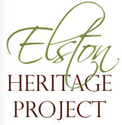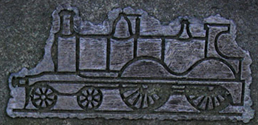Key Stages 1 & 2:
Key Stages 2 & 3:
Key Stage 3:
|
English - looking at memorials and epitaphs:Elston, All SaintsEpitaphs on gravemarkersIn the churchyard, the earliest headstones date back to 1720. Amongst those buried are villagers, including children, who died whilst inmates in the Southwell Workhouse and who were brought back by horse and cart for interment. The poignant epitaphs are worth noting including one on a grave of a 16 year old villager which reads “All you who come my grave to see, As I am now so you must be”. These graves and stones date back to the early 1700’s. Children and families that were so poor were sent to the workhouse. If children were orphaned they could also be sent there.
Teaching and Learning activities:
www.nationaltrust.org.uk/workhouse www.victorianweb.org/history/poorlaw/southwh.html
Look again at the epitaph on the grave of the girl buried in the churchyard – what does that epitaph say about what people at the time might have thought about death?
Creative writingUsing the information you have gathered about life in the workhouse and the epitaph on the graves write a story about life in the workhouse that begins with a child leaving Elston (near Newark) to go to the workhouse, and ending with that child’s body being brought back for burial in the churchyard. You might write this from the point of view of the parent of the child or of another sibling or friend.
|




 Find out about life in a workhouse – Southwell workhouse where these children were sent is now owned by the National Trust and information about it is available on websites such as:
Find out about life in a workhouse – Southwell workhouse where these children were sent is now owned by the National Trust and information about it is available on websites such as:
